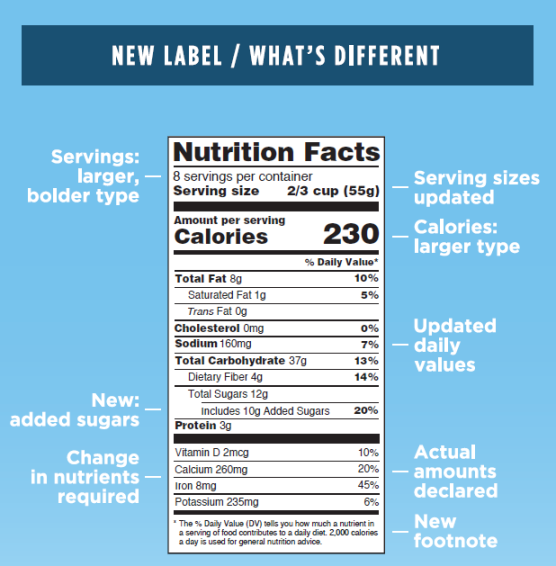
As spring and summer approaches, and winter a past cold forgotten memory. I find myself down to the last few capsules of Vitamin D3.
Bone health is an all too important health concern affecting billions of people per year. From osteoporosis, osteomalacia, osteopenia, to osteo…OMG I broke my hip. For the elderly, the bone degenerative disease is the ghost from Christmas past ready to suck the minerals right out of their bones. The cure? No cure, but rather treatment to slow down progression via increased vitamin D intake, exercise in the form of weight training, and a bit o’ cardio, can help to run from the bone ghost.
Vitamin D deficiency, and by extension calcium deficiency used to be a real and serious health concern similar to how scurvy was an issue during the exploration era, picture Captain Jack Sparrow and his pirate crew with all those crumbly teeth, and bleeding gums, yeah vitamin C deficiency used to be an issue too. But now most dairy products, and even orange juice are fortified with calcium. And Vitamin D is in all dairy products to combat the bone diseases that also affected children, giving them some serious bowed legs (see Rickets).
So with all these processed foods fortified with vitamin D, then why is it still a health concern…well probably because most people don’t even realize that it is. Although this is no ones fault, as the nutritional science takes a while to present enough studies to show other wise.
Going beyond…just the bone health. Vitamin D is involved in many other physiological processes in the body that are tired to our immune health. Cancer, heart disease, stroke, diabetes, infectious diseases, neurological disorders, and autoimmune disease are the areas where vitamin D has been linked to reduce the risk of. However the science is unclear…but who cares…That dog chasing me may not kill me, but why risk not running?
Status of vitamin D can be assayed via a blood test, which your general physician can order, just ask! A sufficient Vitamin D value can range greatly, from 20-50 ng/ml, to 40-80 ng/ml, and recommended intakes are 600 IU to 5,000 IU per day. WOW! With such wide ranges, and no agreement of what is the “optimal” range, making recommendations becomes slightly harder, since there are no “hard” values to say, don’t cross this line or poof! Disease!
Most of us consume enough Vitamin D to reduce incidence of the “classical” diseases, as outlined above. But not enough to aide us in reducing the chronic diseases.
Persons who are overweight, and diabetic are a population at risk of vitamin D insufficiency, and could improve their outlook if intake was higher. However, our dietary patterns are not set up to consume the amounts of vitamin D needed to meet such needs. Given that broad range of what we need to consume, this can be hard.
Food Sources include:
- Salmon (Wild) 600-1000 IU, Can Sardines 300 IU, Can tuna 236 IU, Egg 41 IU, Fortified milk, yogurt, OJ (All 8oz) 100 IU, shiitake mushrooms (sun dried) 1600 IU…well isn’t that interesting.
Lets all be Sun Worshipers!! UV rays gives up up to 10,000 IU of vitamin D, through a fun mechanism where vitamin D2 in our skin is transformed to the active 25-OH Vitamin our body uses.